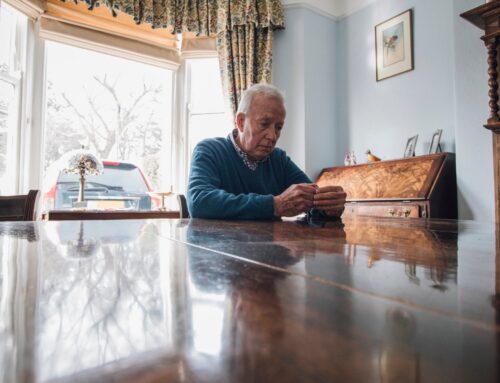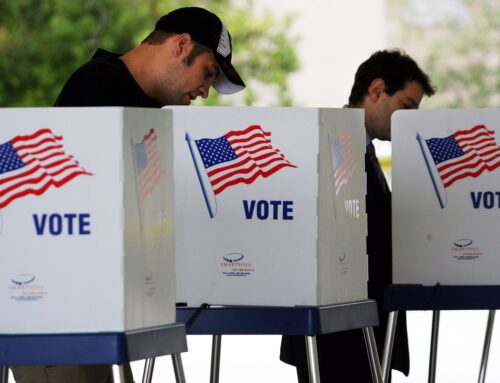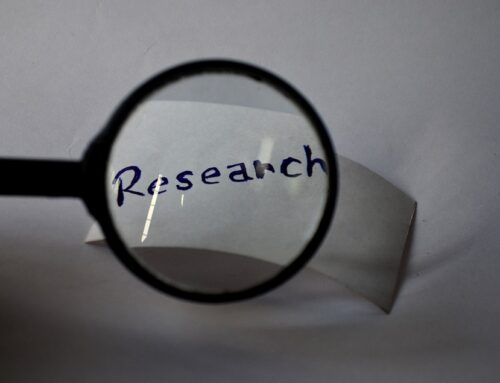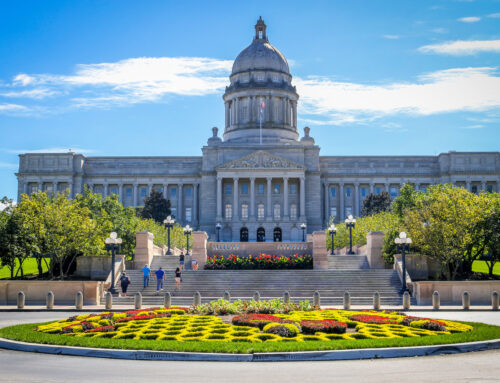Paula Span, who writes for the New Old Age for the New York Times, recently looked at the issue of financial inequality among seniors.
She examined the stories of two women:
- Susan McNeely left college after a year to marry and have children. She worked all her life — as a waitress, school bus driver, commercial fisherwoman, bank teller, property manager — but “it was a struggle, hand-to-mouth all the time,” she said.
Now 67, divorced and living in Proctorsville, Vt., she burned through her savings when the recession doomed a bar and restaurant she had opened nearby. Emphysema has left her reliant on supplemental oxygen around the clock.
A small Social Security check, state heating assistance and $183 a month in food stamps represent her only income. Life might be easier if Mrs. McNeely moved to Connecticut, near her daughter, but she can’t afford rents there. Still, with help from friends, she gardens, joins book groups and patronizes $5 movies. Decades of living on a low income have probably helped, she said, because “I know how to stretch a dollar.”
- Carol Rosen also grew up in a frugal household, but earned a college degree, married a surgeon, and worked as a designer of museum exhibitions and as a volunteer. She inherited money from her mother and later from her husband, who died two years ago. Now 81 and recovering from that loss, she lives in affluent Mountain Lakes, N.J., walks 45 minutes a day, enjoys concerts in New York City and plans vacations that involve hiking and camping.
Mrs. Rosen recognizes that she has been fortunate. “I can go out to dinner and maintain my Philharmonic tickets and go to Belize,” where she canoed and stayed (alone) in a thatched hut last winter. Her mother and other relatives lived into their 90s, and Mrs. Rosen, who has survived breast cancer, hopes she can, too, “because there’s still a lot I’d like to do.”
Old people contend with lots of common ordeals: struggles with health and mobility, thinning social networks, dismissal by a youth-besotted culture.
“But people face these challenges on an uneven playing field,” said Corey Abramson, a sociologist at the University of Arizona. “The inequality that shapes our lives from birth onward doesn’t end with the first Social Security check.”
Socioeconomic inequality, he noted, helps determine who gets to grow old.
Dr. Abramson’s book The End Game: How Inequality Shapes Our Final Years, and a report from the National Academy of Sciences last month on the growing life expectancy gap, underscore the effect of income and education on old age.
Ronald Lee, a demographer at the University of California, Berkeley, and a co-chairman of the committee that studied the gap, told me he was staggered by its findings.
To learn more, visit www.nap.edu/read/19015/chapter/1 and read the rest of Span’s post at http://nyti.ms/1Q3cSRZ





